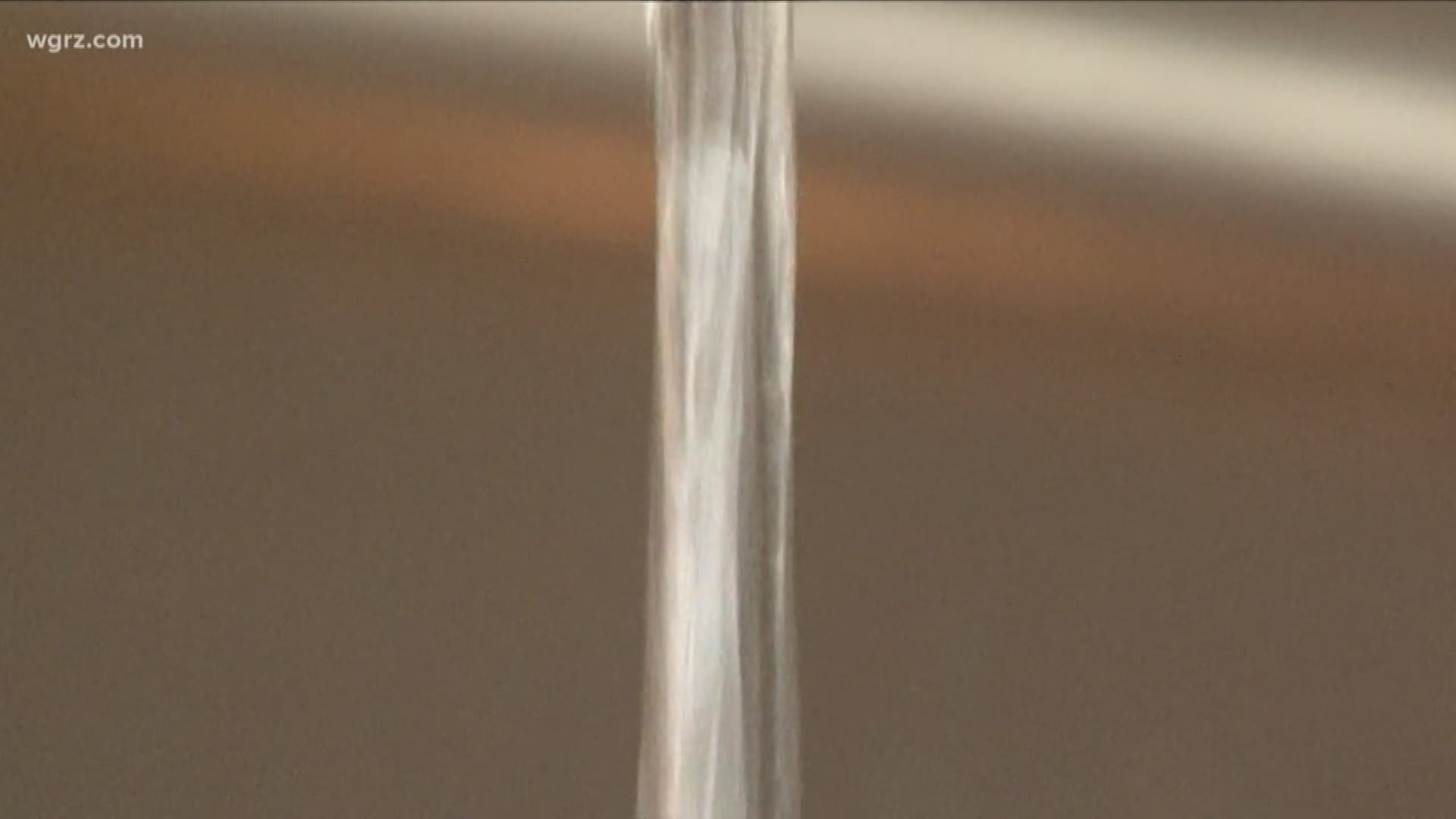BUFFALO, N.Y. - One of the reasons the Erie County Water Authority (ECWA) gave for its most recent rate hike, is that people are using less water at a time when the cost to operate and maintain its aging distribution system continues to grow.
“We have watched consumption of our customers decline on a pretty regular basis,” said Robert J. Lichtenthal, Jr., the acting executive director of the water authority.
While certainly far from biggest reason for the rate hike, lower consumption continues to be a factor in the higher price customers pay.
The ECWA has an infrastructure which includes 2 water treatment plants that produce 68.1 million gallons on an average day, delivered through 3,628 miles of pipes to 170,042 customers (approximately 550,000 individuals) in 36 communities.
It is an aging infrastructure in constant need of upkeep and repair.
“It’s something that customers expect to work 24 hours a day, 7 days a week,” Lichtenthal said.
Rising costs + Lower Sales = Higher Price
That latest rate hike of two percent across the board was contained in the budget passed by commissioners for the coming year.
“This budget is funding over $41 million worth of infrastructure improvements," said Lichtenthal, who noted the water authority plans to spend $181 million for upkeep and repairs over the next five years.
“We are in a constant position of having to upgrade plants, tanks, pump stations and to replace transmission mains," Lichtenthal said.
The income derived by the water authority to pay for operations comes from what it sells to customers.
But the water authority finds itself in the position of a being the provider of a sole commodity, which is costing more to produce as sales continue to fall.
Amid these factors, it cannot- as some businesses might- close up shop or move overseas. So, raising the price of the product it sells is the alternative.
Declining Consumption
The decline in water consumption doesn’t mean Western New Yorkers are any less thirsty.
“Only three percent of what you use is actually for human consumption,” noted Lichtenthal. "The vast majority of water usage at home is for flushing toilets, taking showers, washing dishes, and washing clothes.”
However, the toilets, shower heads, dishwashers, and clothes washers used to perform those functions have changed over the decades to comply with government mandates that they use less water.
"If you bought a washing machine or a dishwasher in the last few years, it uses probably one-third the water your old one did. You have low-flow shower heads, and toilets that went from three gallons per flush to one and a half or even less.”
With the exception of two drought years which increased demand for water, the ECWA’s most recent Comprehensive Annual Financial Report indicates that there has been a steady decline in water consumption over the past decade.
The average yearly consumption per customer is 16,000 gallons (or almost 14% ) less than it was 10 years ago.
Lower consumption is a trend in many parts of the country according to a report by the Water Research Foundation, which noted "a pervasive decline in household consumption” in many areas of the country in recent decades.
However, there are things about our region in particular driving it down further.
The largest factor was the drying up of heavy industries and factories, which were once enormous consumers.
The graying population of the region is also a factor in lower consumption.
"The reality is that as a whole, our community has gotten older and the trends are to use less water in a household as it ages," said Lichtenthal.
In other words, empty nesters don't wash as many dishes or clothes, or flush toilets nearly as much as they perhaps once did when they had a house full of kids, who have now grown and moved away.
But the system built out during the era of heavy industry, larger households, and higher population remains.
“We have all these issues that are working against people using more water, and yet we have a very fixed infrastructure and mostly a fixed cost structure," Lichtenthal said.

